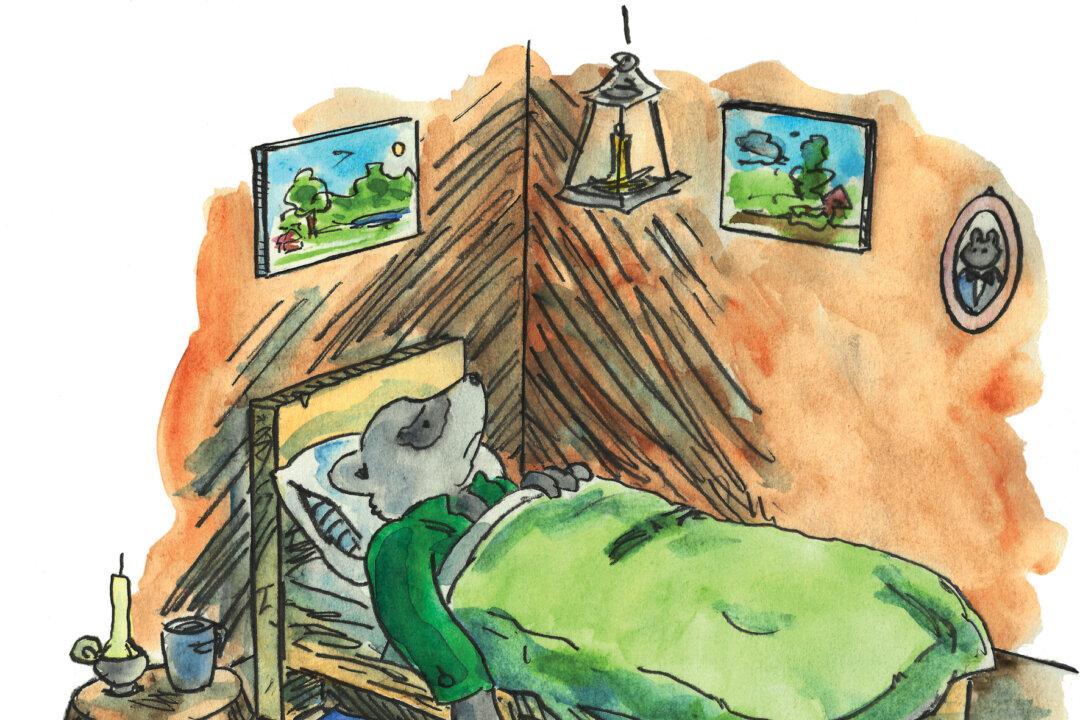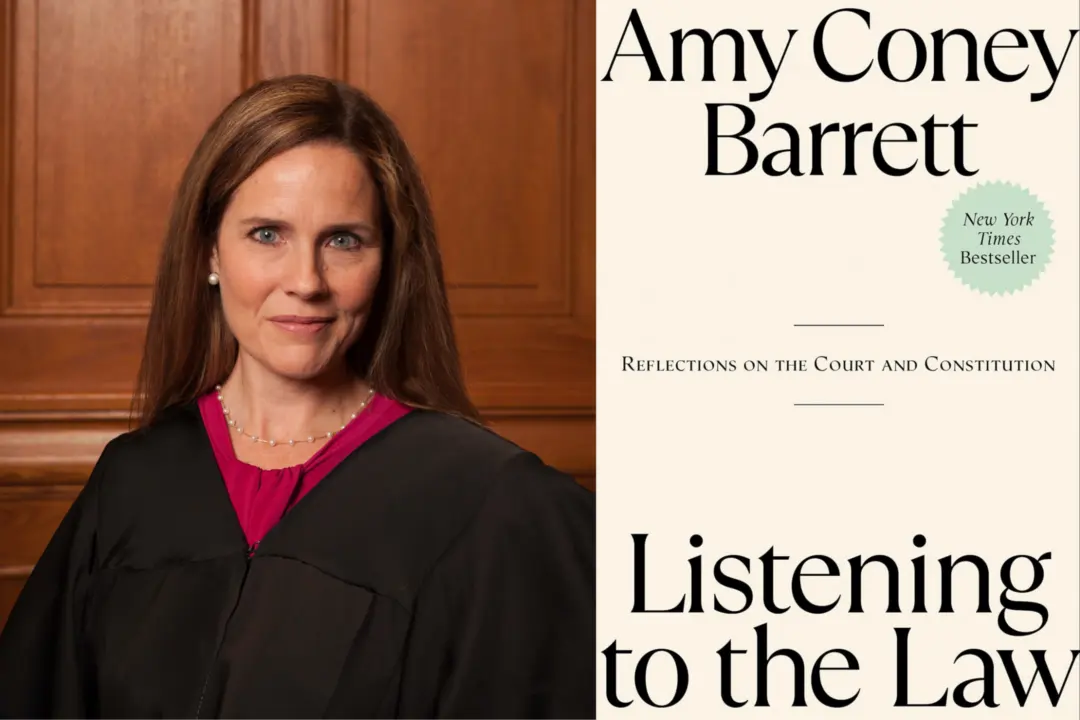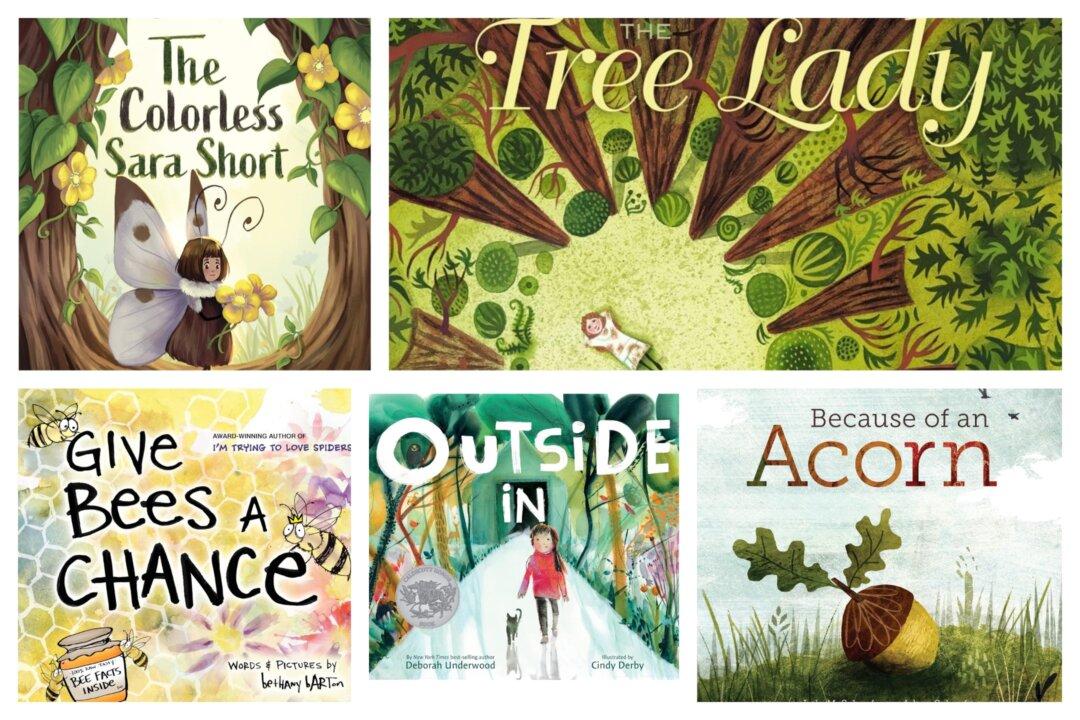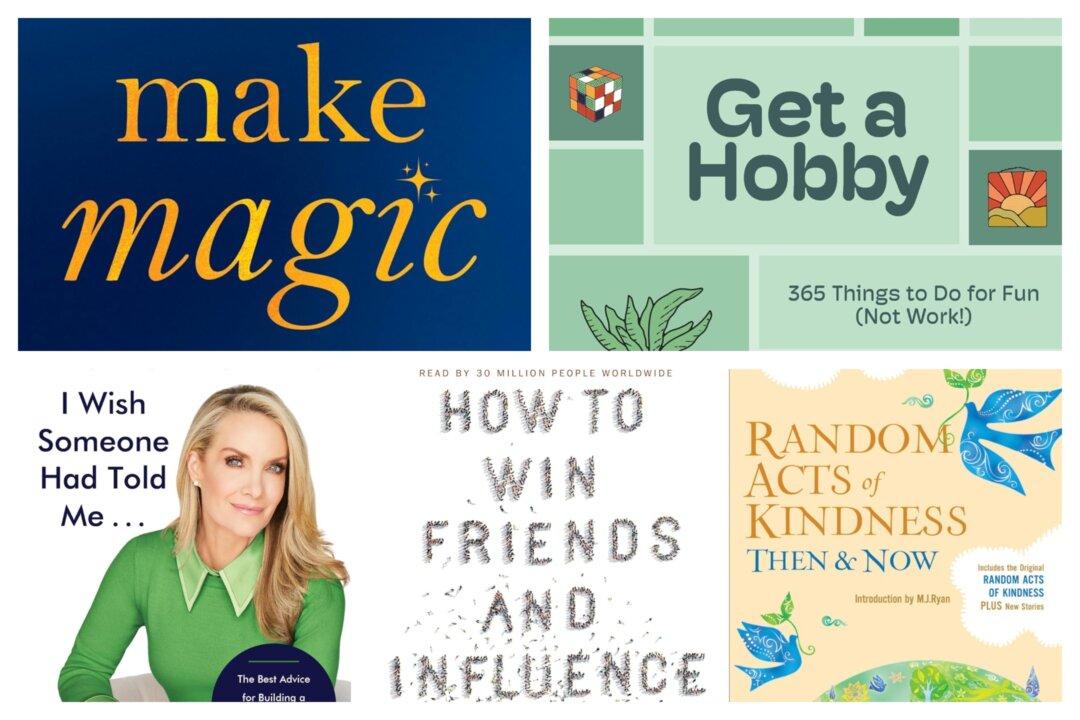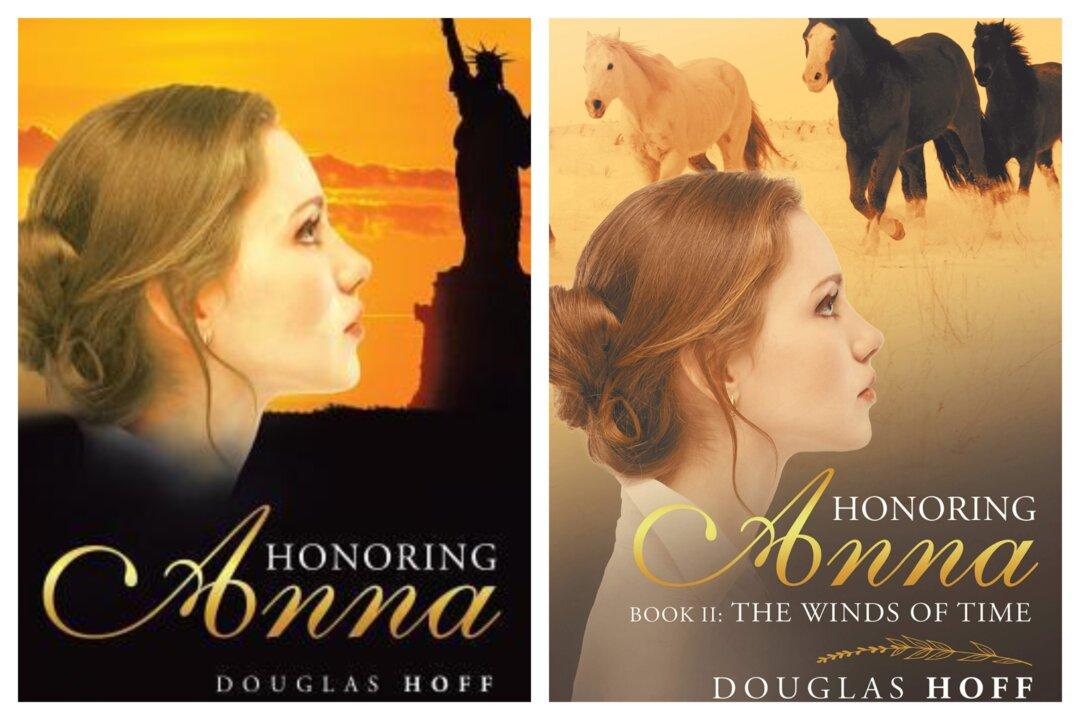What better place to get away from it all, than to go to New York’s Central Park? Stretching 51 blocks, according to NewYorkKids.net, Central Park is both wooded and landscaped and contains any outdoor entertainment a child could wish for—from lakes and pools to rinks, courts, and fields. It even has a carousel!
Now there is a new addition to Central Park—although imaginary. Squirrel, Duck, Frog, Mousekin, and the lovable Dog brothers have taken up residence there in the new book “The Central Park Tales,” written by Marcus Meesters. Containing 10 short stories and 60 beautiful illustrations, the book depicts real places throughout the park.
The stories are reminiscent of another era and another classic children's book: 'Winnie the Pooh.'

